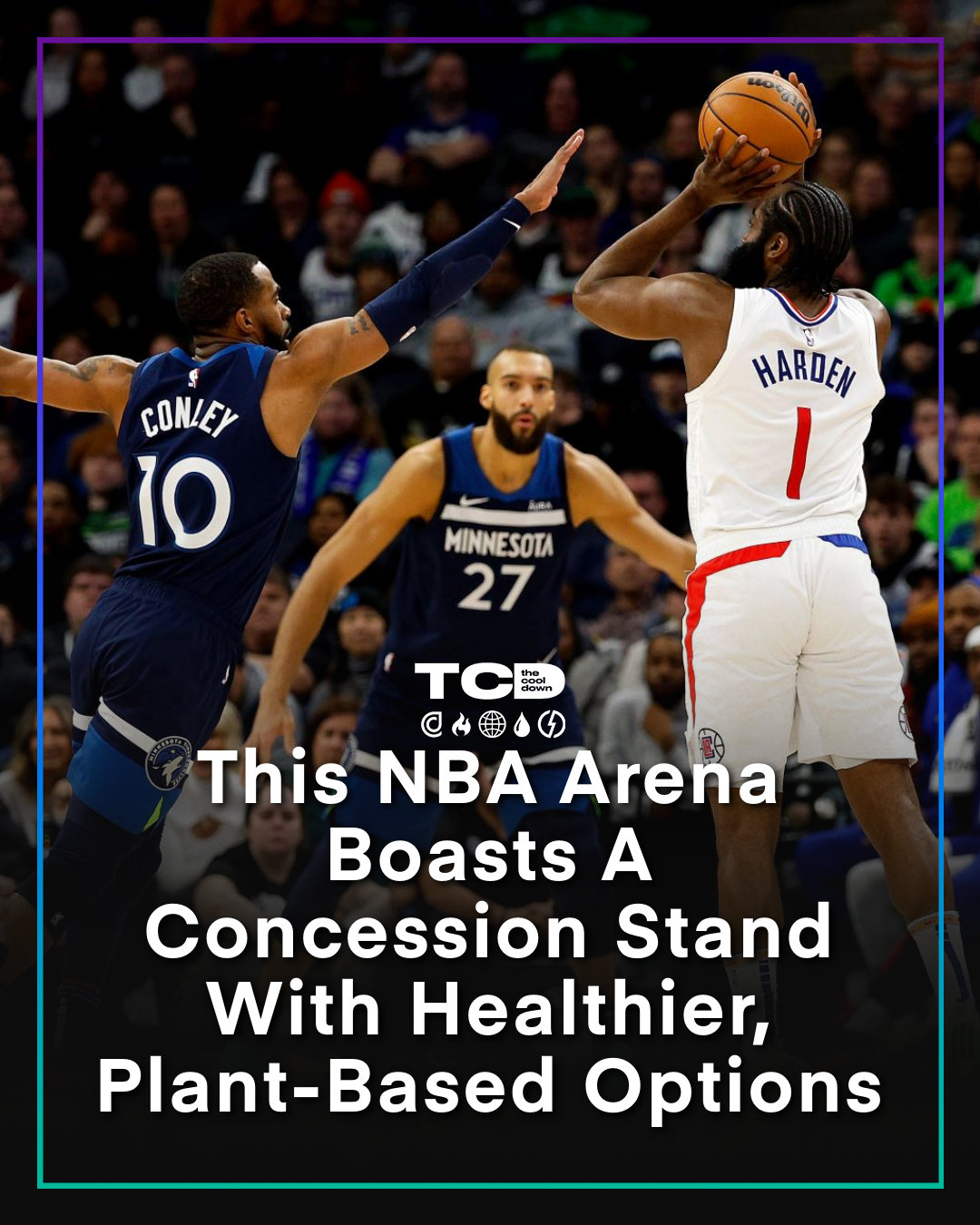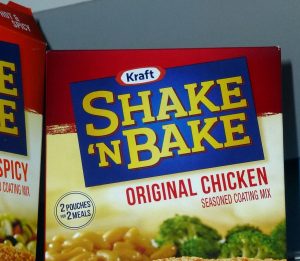Setup
The focus of the test was consumer motivations in choosing plant-based food options. To that end, the two assets were designed to test performance across the following A/B split:
- AMessaging strategies describing the options as "animal-free"
- BMessaging strategies describing the options as "plant-based"
 A
A
 B
B
Test Results
Attention Share and Engagement Share reflect the percentage of test-wide scoring accounted for by individual variants or demographics. Read more below in the Methodology section.
Aggregate Insights
Messaging around "plant-based" options produced more attention at the top of the funnel and more engagement deeper down the funnel.
The general consistency between the attention and engagement shares for both assets suggests that top-of-funnel consumer interest in plant-based options is matched by genuine consumer passion as well — i.e., "plant-based" wins hearts as well as eyeballs.
Further testing could compare "animal-free" and "plant-based" performance in more traditionally eco-conscious contexts — e.g., in a post promoting a vegan restaurant — to determine if "plant-based" has a special currency with a sports-oriented audience like the one examined here.
Gender-based attention and engagement shares reflect the relative attention or engagement per gender for each variant. Read more below in the Methodology section.
Gender Insights
The test population skewed toward male participants, who demonstrated a preference for "plant-based" options across attention and engagement metrics.
With a smaller sample size, the female audience paid more attention to the "animal-free" message while still engaging with the "plant-based" message at a higher rate.
Further testing could target the female audience across different contexts to determine whether the attention advantage for the "animal-free" message in this test holds true — and potentially translates to better engagement — when the message isn't specifically tied to sports.
Age-based attention and engagement shares reflect the relative attention or engagement per age bracket for each variant. Read more below in the Methodology section.
Age Insights
The test population skewed toward participants between the ages of 35 and 54, who demonstrated a strong attention and engagement preference for the "plant-based" message.
Participants over the age of 55 demonstrated an attention and engagement preference for the "animal-free" message, while participants under the age of 35 showed a slight preference for the "plant-based" message.
The clear split in preferences between older and younger audiences suggests the importance of nuanced demographic targeting for food-oriented messaging.
Further testing could target specific age groups across different contexts to determine whether the preferences demonstrated in this test hold true when the message isn't specifically tied to sports.
Methodology
This test was conducted with two message variants and a prequalified TCD audience of 3,066 likely adopters. Among those participants, 5.1% paid measurable attention to the test assets and 3.8% registered measurable engagement.
Attention Score measures the likelihood that a message will capture eyeballs in the wild. It’s calculated using the rate at which test participants respond to a CTA to learn more about the subject.
Engagement Score measures the likelihood that a message will elicit a meaningful response from the audience. It’s calculated using a proprietary algorithm that weights measurable metrics — shares, saves, likes, etc. — in a way that has proven to be meaningfully correlated (r > .5) to real-world conversion behavior.
Attention Share and Engagement Share reflect the percentage of test-wide scoring accounted for by individual variants or demographics. For example, an engagement share of 25% means the variant or demographic in question accounted for 25% of the cumulative engagement score produced by all segments in the test.







